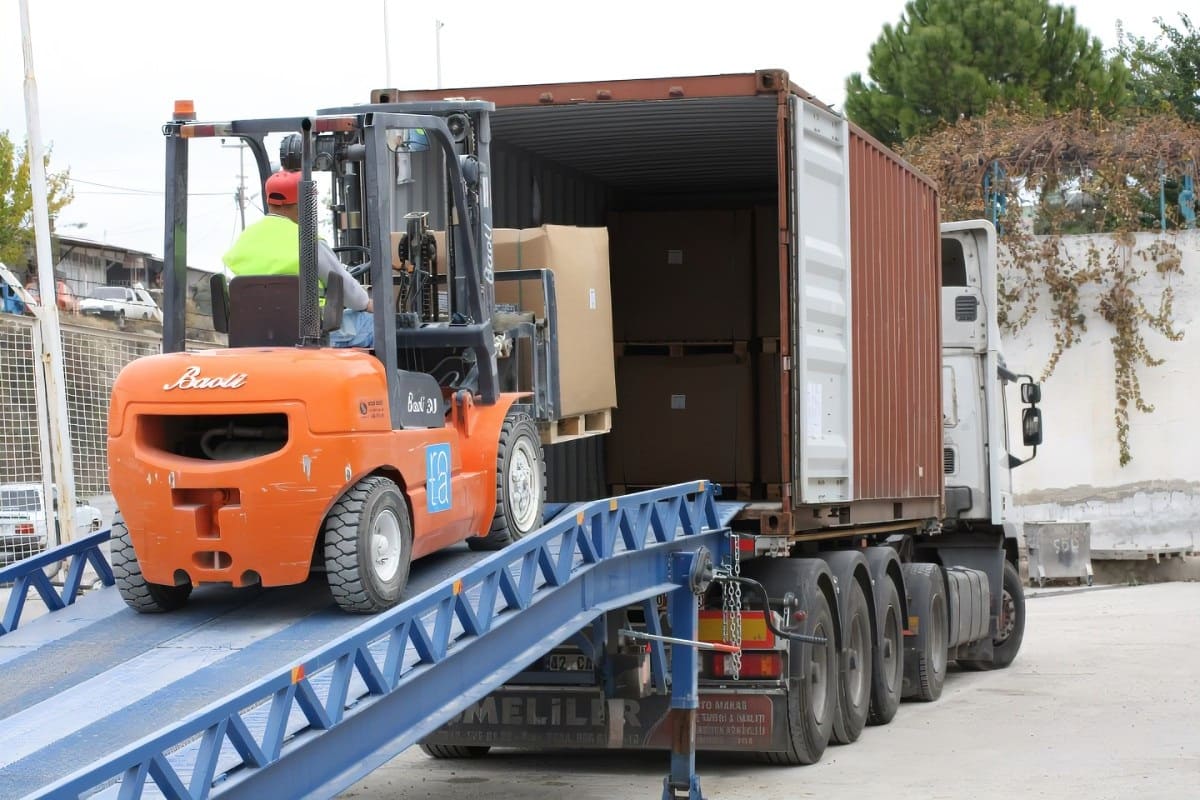The Significance and Process of Container Loading Supervision
In the world of international trade and logistics, container loading supervision plays a crucial role. This post delves into the importance, procedures, and various aspects of container loading supervision.
The Importance of Container Loading Supervision
- Ensuring Cargo Safety: One of the primary purposes of container loading supervision is to guarantee the safety of the cargo during transportation. This includes preventing damage, spills, or

Container Loading Supervision Pre Shipment Inspection Quantitive other potential hazards that could occur during loading and transit.
- Compliance with Regulations: Different countries and industries have specific regulations regarding the loading and transport of goods. Supervision ensures that these regulations are adhered to, avoiding potential legal issues and penalties.
- Protecting Interests: For shippers and consignees, the topic item provides an added layer of protection. It helps ensure that the goods are loaded correctly and that their rights and interests are safeguarded.
The Process of Container Loading Supervision
- Pre-Loading Inspection: Before the actual loading begins, a detailed inspection of the container is conducted. This includes checking for cleanliness, structural integrity, and any existing damage.
- Documentation Review: Supervisors carefully review all relevant documents, such as the bill of lading, packing list, and shipping instructions. This ensures that the information is accurate and consistent with the cargo being loaded.
- Cargo Verification: The actual cargo is verified to ensure that it matches the documentation. This includes checking the quantity, quality, and any special handling requirements.
- Loading Procedure: Supervisors monitor the loading process closely, ensuring that the cargo is loaded properly according to the agreed-upon method. This may involve ensuring proper stacking, securing, and distribution of the load within the container.
- Sealing and Documentation: Once the loading is complete, the container is sealed, and the relevant documentation is updated to reflect the loading details.
Types of Container Loading Supervision
- On-Site Supervision: This involves a supervisor being physically present at the loading site to oversee the entire process. They can provide immediate feedback and address any issues that arise.
- Remote Supervision: With the advancement of technology, remote supervision using cameras, sensors, and digital communication tools has become more common. This allows for real-time monitoring of the loading process from a distance.
- Third-Party Supervision: Many companies choose to engage third-party service providers specializing in container loading supervision. These providers bring expertise and impartiality to the process.
Challenges in Container Loading Supervision
- Time Constraints: In some cases, there may be tight timeframes for loading, which can make it challenging to conduct a thorough supervision process.
- Complex Cargo: Some cargoes may have unique handling requirements or be of a sensitive nature, adding complexity to the supervision process.
- Language and Cultural Barriers: In international trade, language and cultural differences can sometimes pose challenges in communication and understanding.
- Logistics Coordination: Coordinating with multiple parties involved in the loading process, such as shipping lines, freight forwarders, and terminal operators, can be demanding.
Best Practices
- Clear Communication: Maintaining open and clear communication among all parties involved is essential. This includes sharing information, updates, and any concerns promptly.
- Documentation Accuracy: Ensuring that all documentation is accurate and up-to-date to avoid confusion and potential disputes.
- Training and Expertise: Supervisors should have the necessary training and expertise in container loading and related regulations to perform their duties effectively.
- Technology Utilization: Leveraging technology, such as digital tracking systems and imaging tools, can enhance the supervision process and provide real-time visibility.
- Continuous Monitoring: Even after the loading is completed, it is important to continue monitoring the container’s journey to ensure its safe arrival.
Conclusion
Container loading supervision is a critical aspect of the logistics chain. It ensures the proper handling and transportation of goods, minimizing risks and ensuring compliance. By understanding the importance, process, challenges, and best practices associated, companies can make informed decisions and take appropriate actions to safeguard their cargo and business interests. As international trade continues to grow, the need for effective container loading supervision will only become more crucial, driving the continuous development and improvement of this essential service.
Learn more Successful Arctic module fabrication, steel structure, modular and skid, steelwork, supplier audit, DNV Class, Oil & Gas, welding supervisor, welding quality inspection, CWI CSWIP welding inspector, pump and pipe, stainless steel fabrication and CNAS ISO 17025 9712 NDT NDE practice via below-
https://www.jsc-safe.com/steel-structures-modules-machining/

